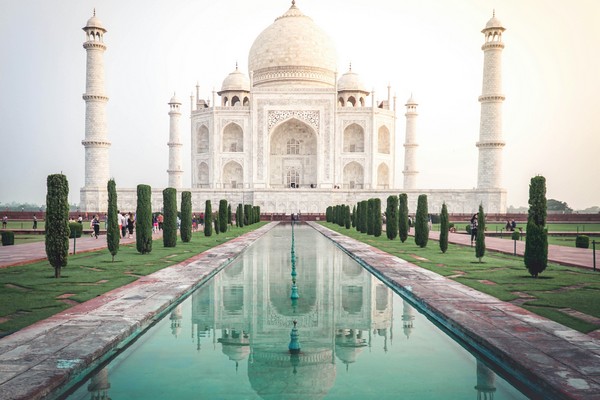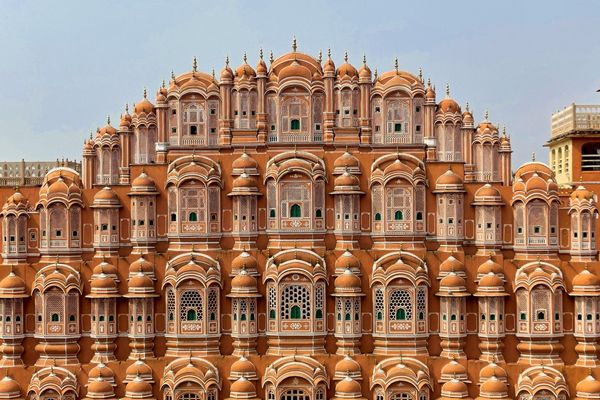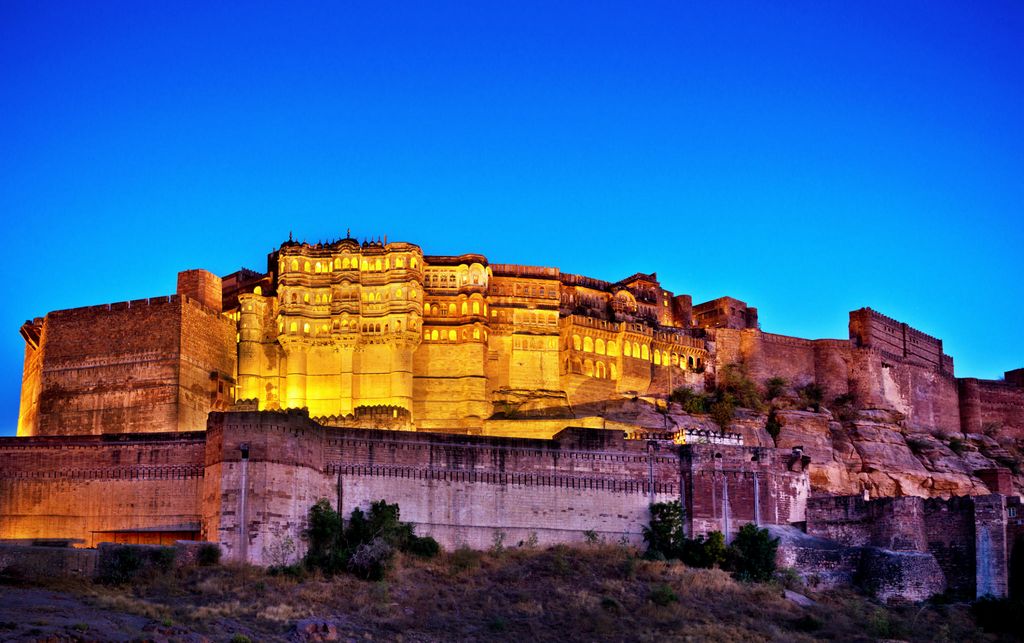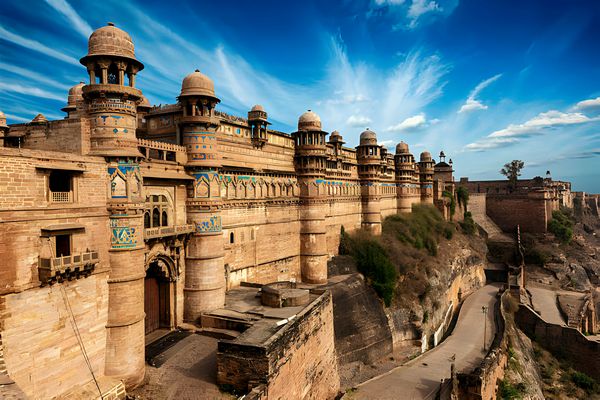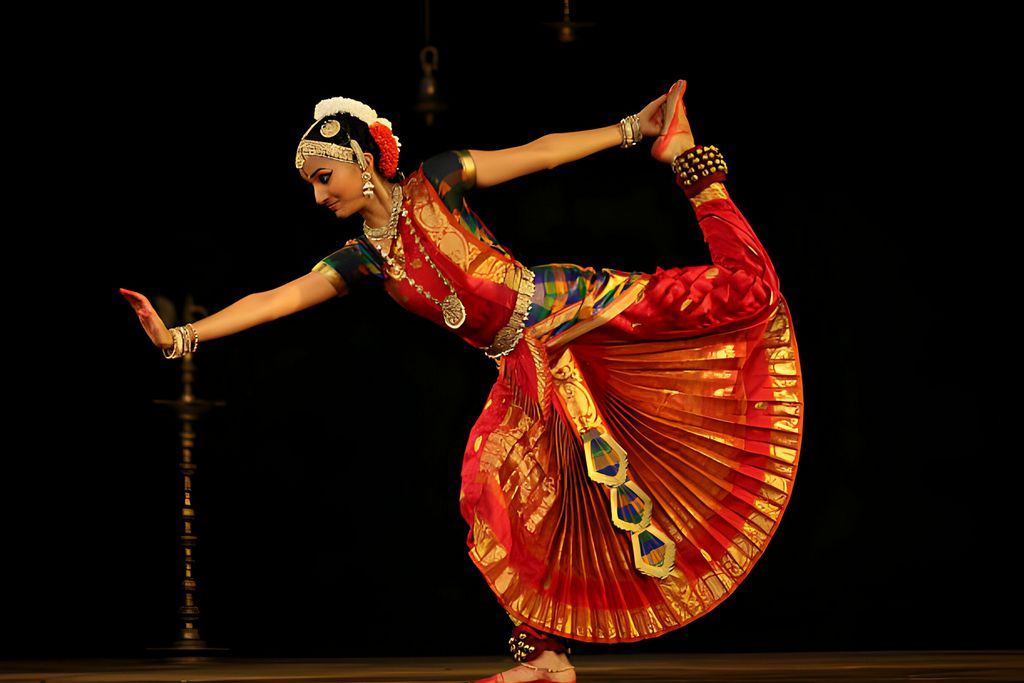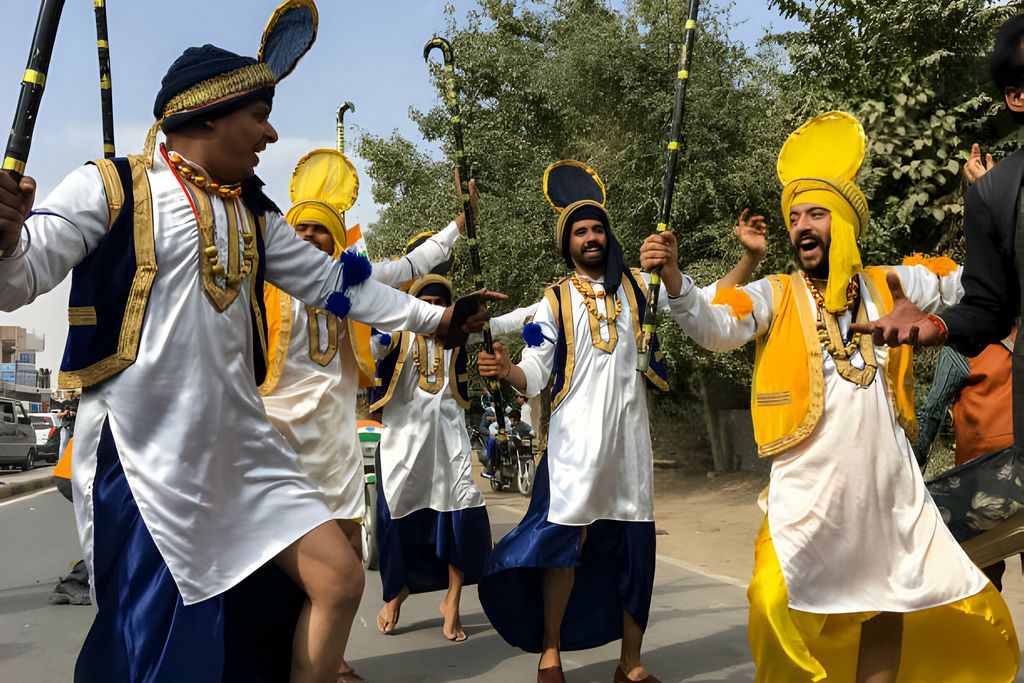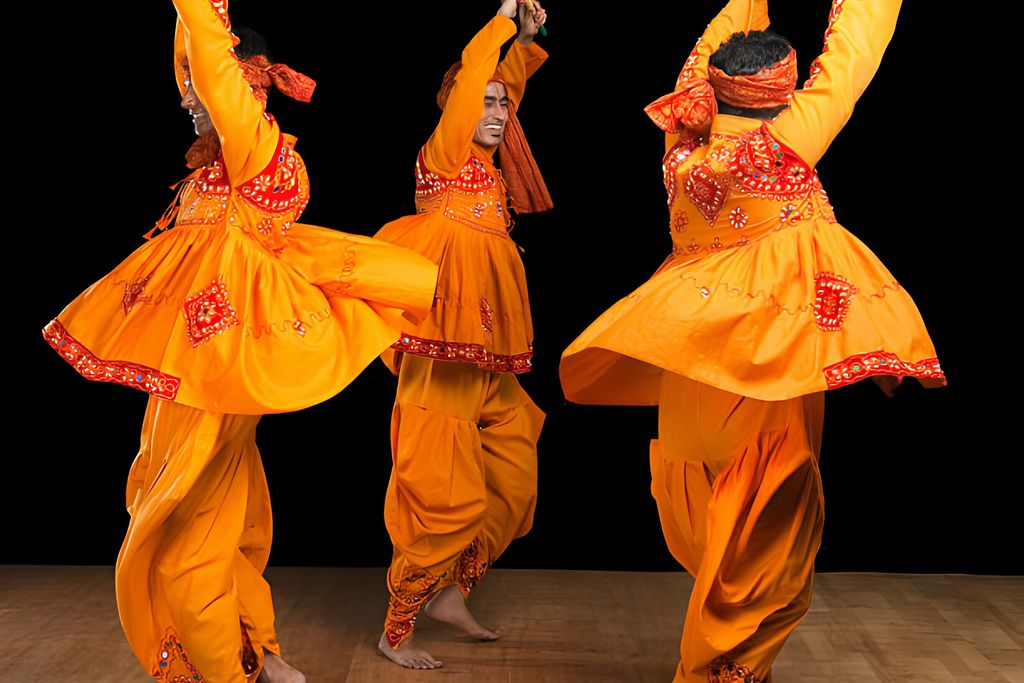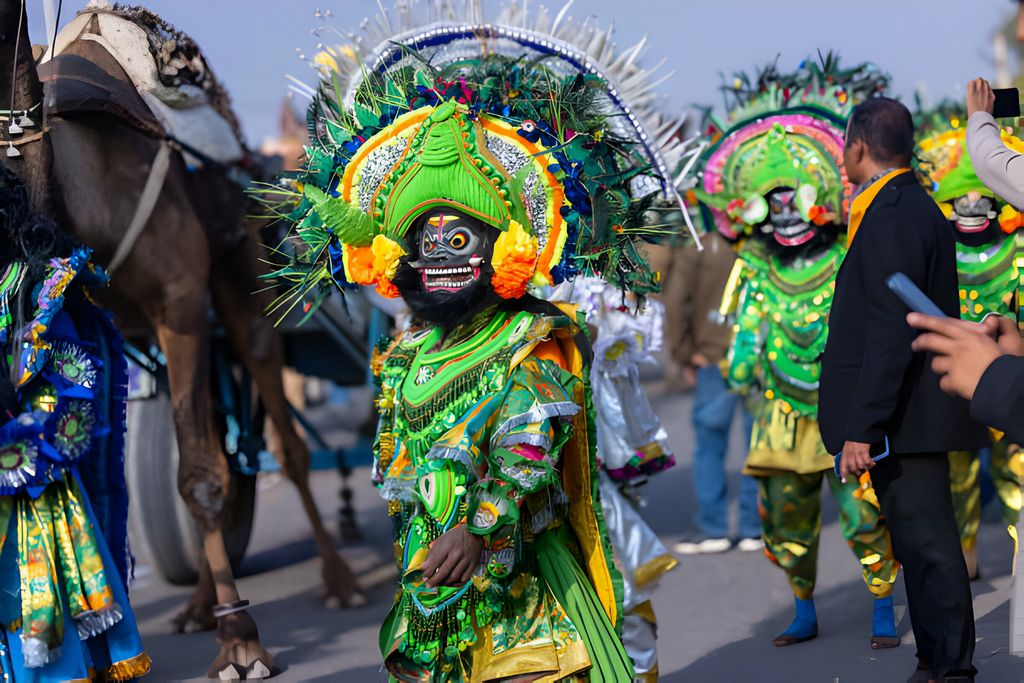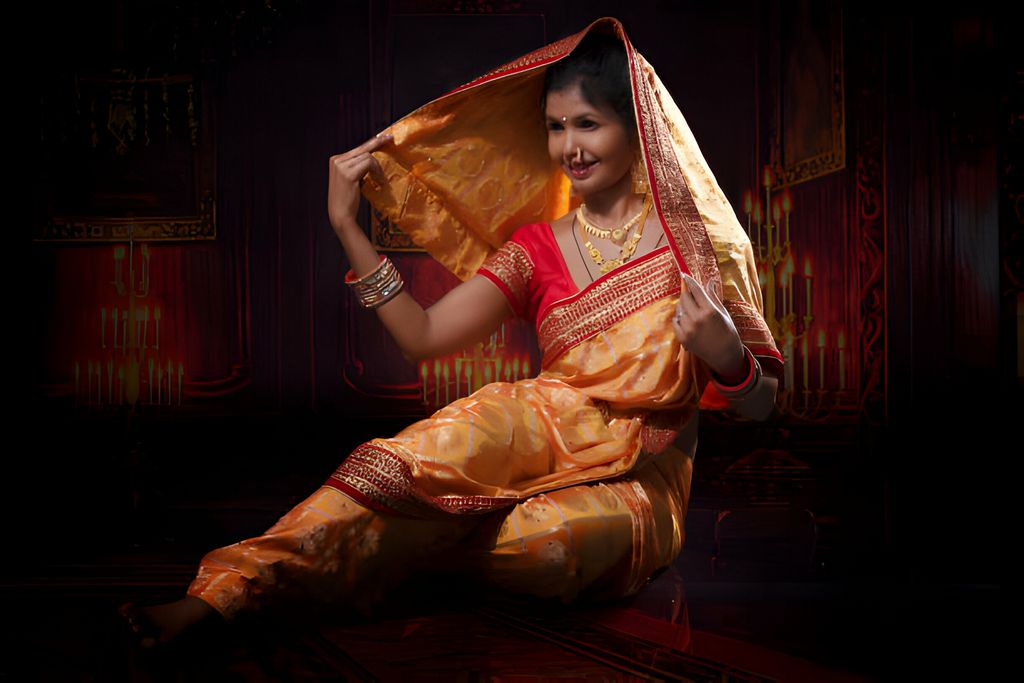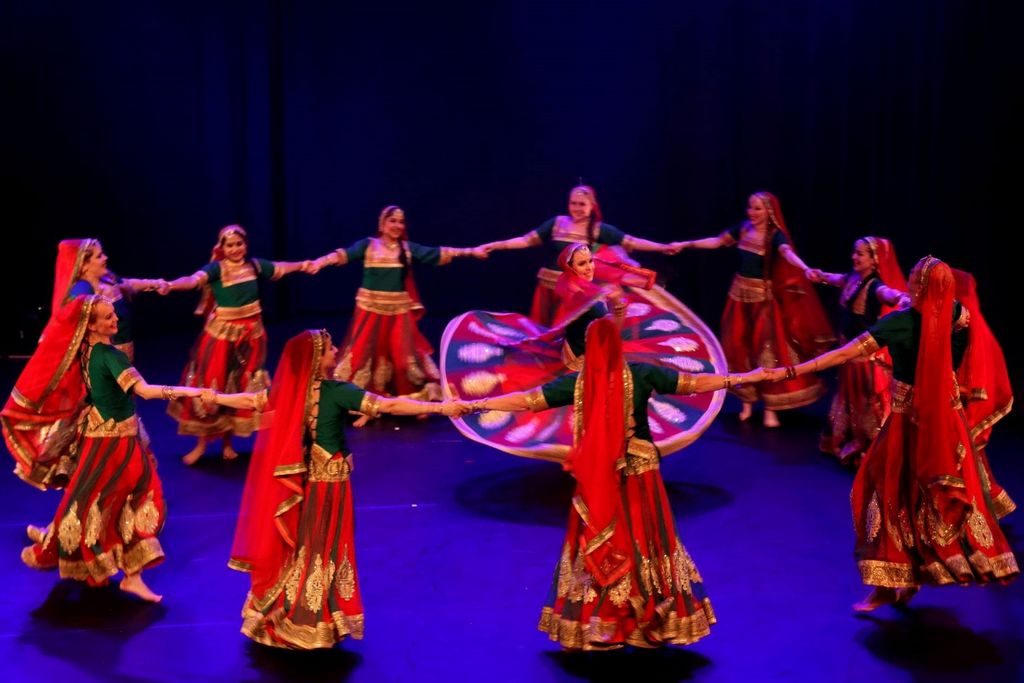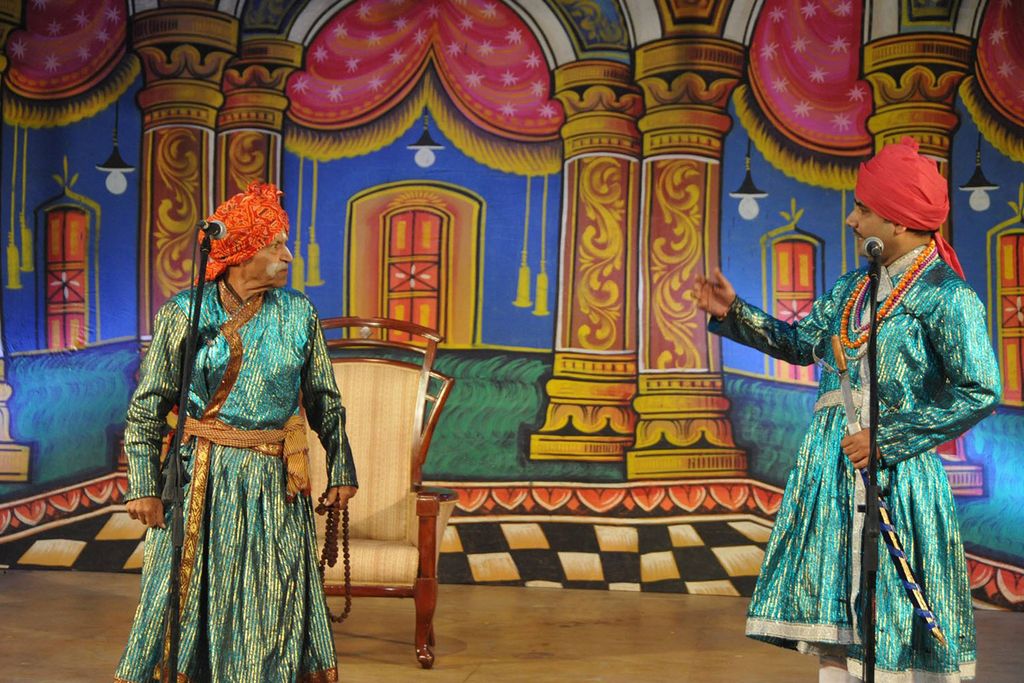Introduction
India, often referred to as the land of diversity, is a treasure trove of cultural richness. Its folk dances, representing the myriad traditions and customs of various regions, are a vivid expression of the country’s vibrant heritage. These folk dances are not just artistic performances but living traditions that connect people to their roots, celebrate festivals, and narrate stories from generations past. In this article, we take a journey through the captivating world of Indian folk dances, each a unique tapestry of history and culture.
Bhangra (Punjab)
Bhangra, a lively and energetic folk-dance originating from the vibrant state of Punjab in Northern India, is a celebration of the region’s rich cultural heritage. Characterized by its infectious rhythm, upbeat music, and vigorous movements, Bhangra is more than just a dance form; it is a cultural expression that reflects the exuberance and vitality of the Punjabi people. Historically, Bhangra was performed during the harvest season, serving as a way for farmers to express their joy and gratitude for a bountiful harvest. The dance incorporates a blend of traditional steps, vibrant costumes, and the rhythmic beats of instruments like the dhol (drum) and the tumbi (a string instrument), creating an electrifying spectacle that captivates audiences worldwide. Bhangra has transcended its regional boundaries and is now celebrated globally, making it not just a dance but a symbol of the rich and colorful tapestry of Indian folk culture.
Garba and Dandiya (Gujarat)
Dandiya and Garba are two lively and colorful folk dances that have their roots in the state of Gujarat, India. Dandiya, performed with decorated sticks, and Garba, a dance form that involves circular patterns and graceful hand movements, are an integral part of Gujarati culture, especially during the vibrant festival of Navratri (Nine nights). During these nine nights of celebration dedicated to the goddess Durga and her various forms, communities come together to engage in these traditional dances, wearing their traditional colourful dresses, creating a joyful and festive atmosphere. Dandiya involves rhythmic tapping of decorated sticks accompanied by lively music, fostering a sense of camaraderie and excitement among the participants. Garba, on the other hand, showcases elegant hand gestures and footwork, symbolizing the cyclical rhythm of life and the divine connection between humanity and the universe. Both dances are not just a celebration of culture but also a way for people to express their devotion, joy, and unity, making them significant and cherished folk traditions in India.
Also Read : Cultural & Heritage guide of Gujarat
Chhau (Odisha, West Bengal, and Jharkhand)
Chhau dance, a traditional art form originating from eastern India, depicts stories from ancient epics such as the Mahabharata and Ramayana, local folklore, and abstract themes. This dance performance was included in the list of intangible cultural heritage of humanity by UNESCO in year 2010. The dance has three distinct styles, each associated with specific regions – Seraikella (Jharkhand), Purulia (West Bengal), and Mayurbhanj (Odisha). The first two styles incorporate the use of masks. Chhau dance is closely tied to regional festivals, particularly the spring festival Chaitra Parva, and has its roots in indigenous dance and martial traditions. Its movements include simulated combat techniques, stylized gaits of birds and animals, and actions inspired by the daily tasks of village women. Chhau is traditionally taught to male dancers within families of traditional artists or local communities. Performances take place at night in open spaces, accompanied by traditional and folk melodies played on instruments like mohuri and shehnai. The powerful drumbeats from various drums dominate the musical ensemble. Chhau serves as a crucial element in the culture of these communities, bringing together people from diverse social backgrounds, beliefs, professions, and languages. However, factors like industrialization, economic pressures, and the influence of new media are contributing to a decline in collective participation, leading communities to feel increasingly disconnected from their cultural roots.
Lavani (Maharashtra)
Lavani, a captivating and expressive folk-dance form, finds its origins in the state of Maharashtra, India. This traditional dance style is a vibrant amalgamation of music, dance, and theatrical elements, often performed to the lively tunes of the dholki (a percussion instrument) and accompanied by soulful Lavani songs. Lavani dancers, predominantly women, adorned in colorful nine-yard sarees, showcase graceful movements, intricate footwork, and seductive expressions. The performances often revolve around themes of love, romance, and societal issues, providing a unique platform for social commentary and storytelling. Lavani has a rich history, deeply rooted in the cultural fabric of Maharashtra, and it has evolved over the years to incorporate modern influences while retaining its traditional essence. With its dynamic choreography and spirited performances, Lavani continues to captivate audiences, both regionally and globally, making it a cherished and integral part of Maharashtra’s cultural heritage.
Ghumar (Rajasthan)
Ghoomar, a traditional folk dance of Rajasthan, India, is a mesmerizing display of grace, rhythm, and vibrant colors. Often performed by women during special occasions and festivals, Ghoomar is characterized by its circular movements, graceful twirls, and intricate footwork. Dancers, dressed in colorful ghaghra-cholis (traditional Rajasthani attire), adorn themselves with striking jewelry and carry pots or lamps on their heads, adding to the visual splendor of the performance. The dance derives its name from the word “ghoomna,” which means to spin, and the dancers elegantly spin in circles, creating a visual spectacle. Accompanied by soulful folk songs and rhythms from traditional instruments like the dholak and sarangi, Ghoomar embodies the cultural richness and traditions of Rajasthan. The dance not only showcases the skill and poise of the performers but also serves as a celebration of womanhood and community bonding, making it an essential part of Rajasthan’s cultural heritage.
Nautanki (Uttar Pradesh)
Nautanki, a lively and entertaining folk dance form originating from the state of Uttar Pradesh in India, is a vibrant spectacle that combines music, dance, and drama. This traditional folk theater form incorporates elements of storytelling, humor, and satire, and is often performed in rural areas during festivals and special occasions. Nautanki performances are marked by colorful costumes, energetic dance movements, and melodious music, accompanied by traditional instruments like tabla, harmonium, and dholak. The performers, both men and women, use expressive gestures, lively facial expressions, and witty dialogues to narrate folk tales, mythological stories, and social issues, engaging and captivating the audience. Nautanki not only entertains but also serves as a medium for social commentary, reflecting the cultural ethos and traditions of Uttar Pradesh. It continues to be a cherished art form, preserving the rich heritage of the region and captivating audiences with its blend of music, dance, and theatrical storytelling.
Conclusion
Indian folk dances are more than just expressions of culture; they are windows into the hearts and souls of the diverse communities that call India home. These dances connect people to their traditions, celebrate the changing seasons, and narrate stories that have been passed down through generations. As India continues to evolve, its folk dances serve as a reminder of the timeless beauty of the country’s cultural mosaic. Each dance is a testament to the spirit, creativity, and rich heritage of this extraordinary nation. They remind us that in the heart of India’s diverse cultures, there is a common thread of artistry and a celebration of life that binds its people together.

